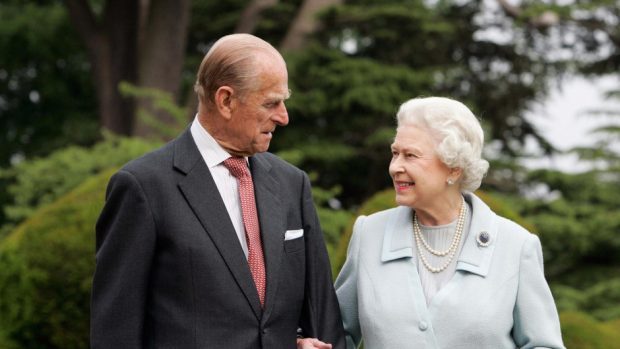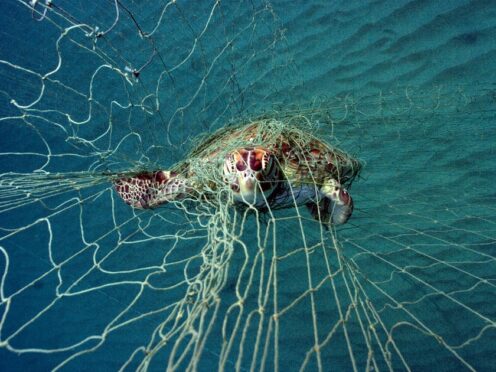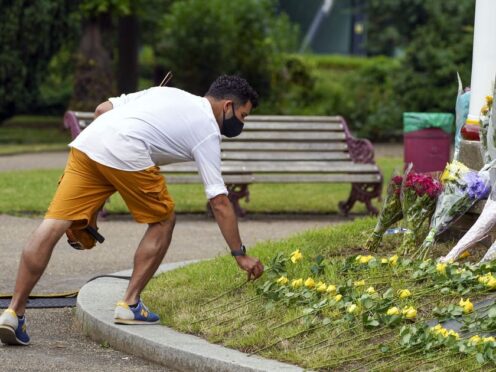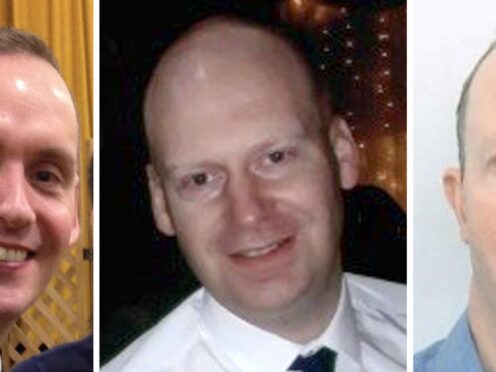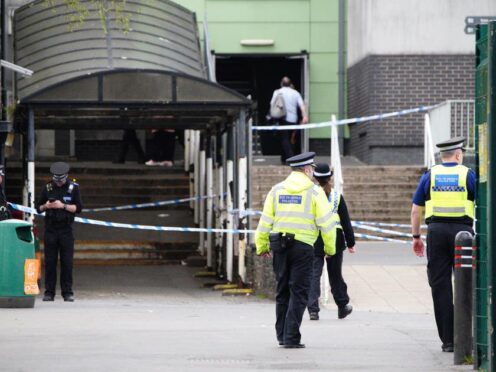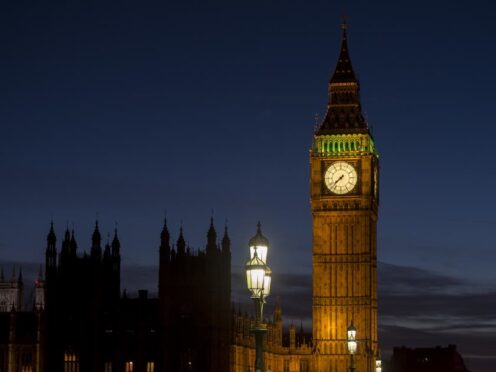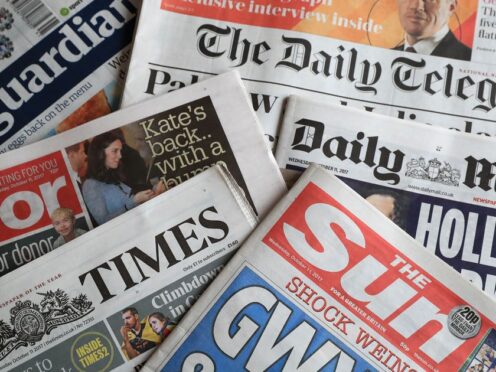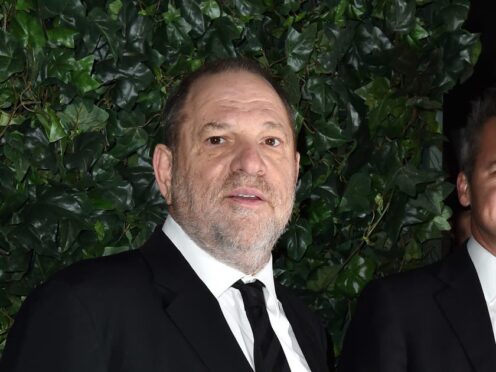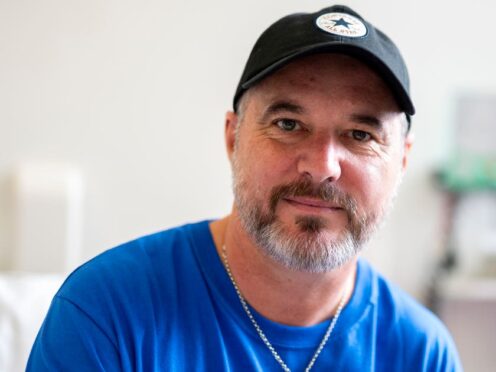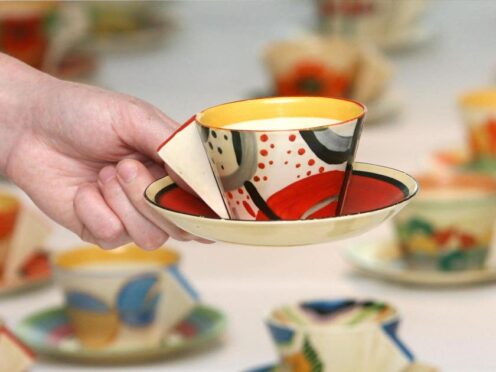Love, duty, and tradition – there could not be a more poignant embodiment of these rare qualities than the marriage between Queen Elizabeth II and her husband, Prince Philip.
Ever since they revealed news of their engagement to the world in 1947, the couple have enjoyed the longest royal marriage in recorded history.
Forever at the Queen’s side as her stalwart companion, Prince Philip ended decades of service with his final solo engagement which took place yesterday at a naval event.
The occasion was wholly in keeping for a former cadet who renounced all titles including his religion, before taking the young Elizabeth’s hand, and went on to carry out no less than 22,219 solo engagements.
Occasionally regarded as a controversial figure because of his political incorrectness and series of gaffes over the years, does anyone truly know the man who some would argue has spent most of his life in the Queen’s shadow?
Even Jeremy Corbyn has remarked on Prince Philip’s “clear sense of public duty” and his own grandson, Prince William, has praised his invaluable support to the Queen both in public and behind closed doors.
He is clearly held in high affection in Balmoral where the Royal family enjoy a holiday every year, with many locals recalling his fierce sense of humour and interest in every single member of staff working on the estate.
Buckingham Palace staff have calculated that Prince Philip has undertaken 637 solo overseas visits to 143 countries, delivered 5,496 speeches, and found time to write 14 books and carry out the role of patron for 785 organisations during his royal career.
His very first engagement was a trip to a boxing match at the Royal Albert Hall in 1948, a sign of his modern take upon the role.
The Court Circular, published in The Times the following day, recorded that the Duke, who was then 26, presented prizes following the championship and noted that he was patron of the Federation.
It was King George’s VI’s premature death in February 1952 at the age of 56, that changed everything, not only for then Princess Elizabeth but also Philip, who was left with no choice but to give up his promising navy career.
From that moment on, he embarked on a life as the Queen’s consort – at her side, or one step behind, throughout her long reign.
Now 96, he can look forward to enjoying a more relaxed diary and his stepping down was announced in May, although he may still occasionally accompany the Queen to events.
Their love story, even for those who take little or no interest in royal affairs, is nothing short of remarkable.
Speaking at his daughter’s wedding breakfast on 20 November 1947, King George VI said: “Our daughter is marrying the man she loves.”
It would appear this was a genuine romance right from the very start, although Philip was of course the ‘sort’ of man available for Elizabeth to marry.
Philip was the great-great-grandson of Queen Victoria, and had been partly raised in Britain despite his Greek and Danish titles and his Danish and German blood.
It is believed the pair first met when Elizabeth was only a child, but love truly blossomed when Philip was invited to Balmoral in the summer of 1946.
A proposal was duly accepted although not without some mutterings about Philip’s controversial family history and their exile to Greece.
Known as Lieutenant Philip Mountbatten, RN, he had to renounce his nationality, his name and his Greek Orthodox religion before walking down the aisle could even be made possible.
There was intense discussions as to whether a public ceremony so soon after World War II was appropriate before Winston Churchill led the way, stating the event would serve as a “flash of colour on the hard road we have to travel.”
With a crowd which was wall-to-wall with members of the public determined to gain a vantage point, this was the first time newsreel cameras had been allowed to follow a wedding party into the abbey itself and crowds around the world rushed to the cinemas to watch what was repeatedly described as a “fairy story.”
The couple’s early years were relatively unremarkable before Elizabeth’s shock accession to the throne in 1952.
At his wife’s coronation in 1953, Prince Philip was the first to swear allegiance to her, declaring that he would be her “liege man of life and limb.”
In the years going forward, he became an unwavering companion and found his feet in what could have been a sidelined role.
While some perceived him as an easy target for the media, Prince Philip has often been criticised for his brusqueness and undisguised impatience with journalists.
But is only now after 70 years of celebrations, that we may perhaps appreciate an individual as somebody who, in Prince William’s own words, “totally put his personal career aside to support her, (the Queen) and “never takes the limelight, never oversteps the mark”.
Dickie Arbiter, who organised media coverage for Princess Diana’s funeral as the then press secretary to the Queen, is convinced that Prince Philip will not be putting his feet up any time soon.
He said: “I can’t speak on his behalf, but certainly as the man I knew, it wasn’t in his nature to simply relax.
“He obviously hasn’t said this, but taking a step back doesn’t mean Prince Philip should be written off.
“He has simply decided not to be in a position where his life is planned six months ahead.
“He can now say yes or no to engagements although he will always be at the Queen’s side.
“There was once a rumour going around that he was having an affair which was complete nonsense.
“He famously said when on earth could he manage an affair, with a policeman at his side 24 hours a day.
“Prince Philip adored the Queen on their wedding day, he adored her on her coronation, and he adores her now.
“He was an incredibly hard worker and he was particularly good with young people.
“He got involved with a charity called the National Playing Fields Association shortly after the war and he was instrumental in making sure green belt land wasn’t built on.
“Prince Philip strongly believed that there should be green space for children to run around on, and then there is The Duke of Edinburgh Award.
“He didn’t suffer fools gladly however, he didn’t suffer fools at all in fact.
“I remember once a reporter asked him how his flight was and he said: ‘Have you ever been on a plane’.
“The reporter said yes, and Prince Philip replied: ‘Well, it was exactly like that’.
“He had no time for small talk, he liked good meaty conversation from the likes of scientists and other interesting people.
“Now he can finally take charge of his own life.”
Robert Lovie is property manager at Fyvie Castle for The National Trust and is also a trustee for The Great Steward of Scotland’s Dumfries House Trust.
He sang the national anthem at The Commonwealth Games in Glasgow and believes Prince Philip should be regarded as a national treasure.
“Prince Philip is one of those people who has been in our lives for so long, particularly in Scotland and around Balmoral,” said Mr Lovie.
“He has been a major part of life up here and has always come across as very bubbly and vivacious.
“There has never a time after meeting Prince Philip when he hasn’t left me smiling with his wise quips.
“He is an incredibly polite man who can be serious when the occasion called, but he is also incredibly funny.
“I’ll never forget performing at The Commonwealth Games and a group of us came from Braemar.
“When Prince Philip saw us all, right down to the ghillies at Balmoral, his face was a picture of pure joy.
“He has always been interested in everyone and we all hold him very dear in these parts.
“The Royal family has always been given the privacy to have their freedom here and they have returned that respect.
“Prince Philip respects the people who live here and we in return respect him, he has done an amazing service.”
